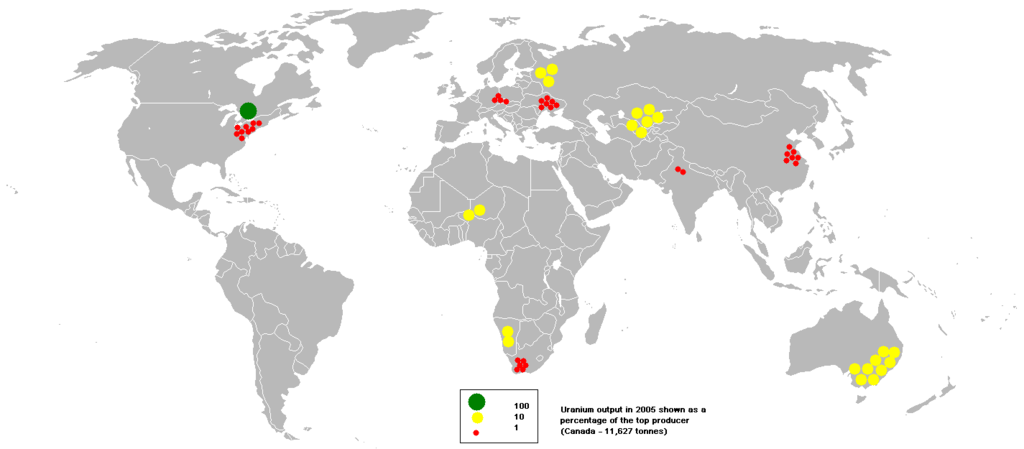 How easy is it to make sarin?
How easy is it to make sarin?
By Paul Woodward, 2013
“It’s not hard to make sarin. You could mix it in the backyard. Two chemicals melded together.” — Seymour Hersh interviewed on CNN, December 9, 2013.
The idea that the chemical warfare agent, sarin, is easy to make is central to Seymour Hersh’s claim that the August 21 attacks killing hundreds of Syrians could have been carried out by the rebel group, the Al Nusra Front. (With unquestioning confidence in the reliability of his source(s), Hersh rests this claim on classified intelligence reports none of which he claims to have seen.)
Hersh’s backyard sarin production appears to be concocted from fiction. The only non-state actor known to have engaged in large-scale sarin production was the Japanese cult, Aum Shinrikyo. (more…)
 World can thank Nazis for invention of sarin
World can thank Nazis for invention of sarin
 The Woman Who Knew Too Much
The Woman Who Knew Too Much 

 Chemical plane crash inquiry
Chemical plane crash inquiry In this July 29, 2010 photo, a worker monitors water in Talmadge Creek in Marshall Township, Mich., near the Kalamazoo River as oil from a ruptured pipeline, owned by Enbridge Inc., is attempted to be trapped by booms. CREDIT: AP Photo/Paul Sancya
In this July 29, 2010 photo, a worker monitors water in Talmadge Creek in Marshall Township, Mich., near the Kalamazoo River as oil from a ruptured pipeline, owned by Enbridge Inc., is attempted to be trapped by booms. CREDIT: AP Photo/Paul Sancya